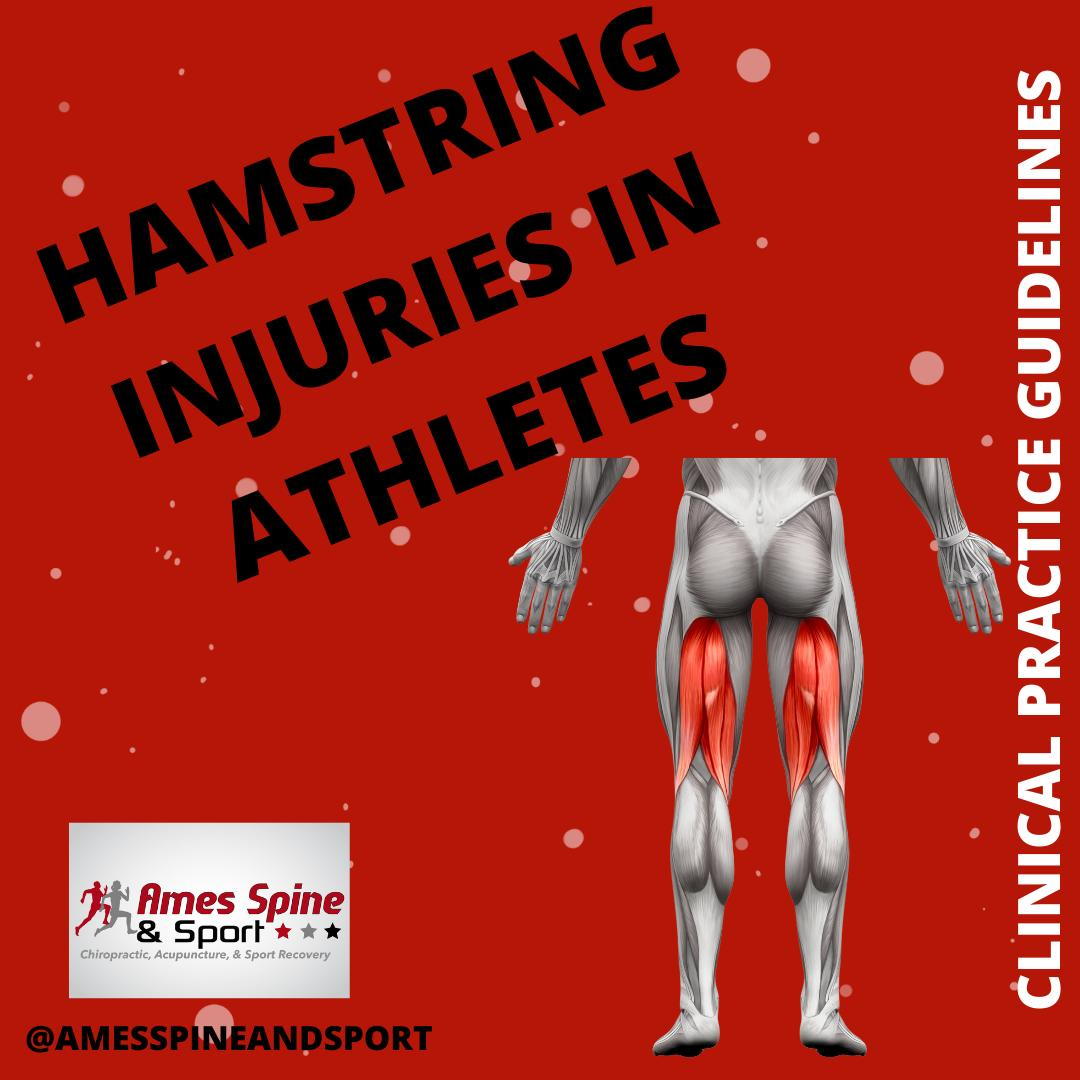
Hamstring strain injuries are a huge pain for athletes and coaches. They take what feels like forever to treat and recover fully from.
We’ve got some good news for coaches and clinicians! The Journal of Orthopaedic & Sports Physical Therapy just published “Hamstring Strain Injury in Athletes: Clinical Practice Guidelines” in the March 2022 publication. This article provides recommendations in return-to-play progressions, diagnosis criteria, examination, and interventions—including injury prevention and after injury. Most of the information published is not shocking to many, but knowing how to properly treat these injuries is HUGE for the athlete, coach/strength coach, and clinician.
We find hamstring strains more common in high-speed running, jumping, kicking, or explosive lower extremity activities that may include a rapid direction change or rapid lift in objects from ground-level. Most of these injuries occur in the long head of the biceps femoris muscle. Some risk factors for injury may include: previous injury, increase in age, ethnicity, weight and BMI, biceps femoris fascicle lengths and hamstring muscle-tendon unit stiffness, weakness in the Nordic hamstring exercise and isokinetic tests, and various performance characteristics.
If you are in a sport that may require these activities, prevention is crucial. Nordic Hamstring Exercises have been proven effective at reducing incidence along with other eccentric hamstring exercises. The athlete should have these exercises along with appropriate warm-ups, stretching, stability, strengthening and sport-specific functional movements.
Post-injury intervention has found that eccentric strengthening with a conventional stretching, strengthening and stabilization regimen may improve the return-to-play timeline. Further reduction in reinjury may be achieved through a progressive agility and trunk stabilization with stretching, strengthening and functional movement programming.
Here is a link to the article for your leisure reading:
https://www.jospt.org/doi/epdf/10.2519/jospt.2022.0301
